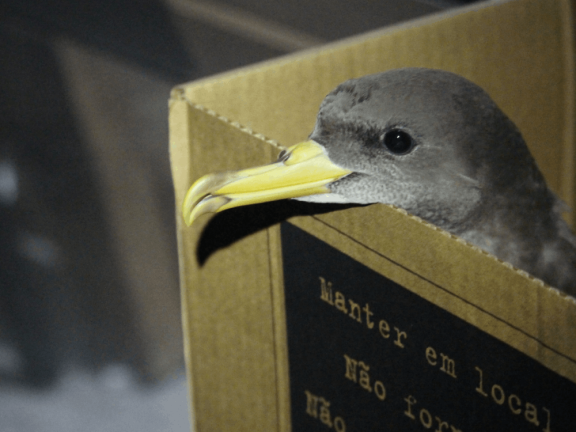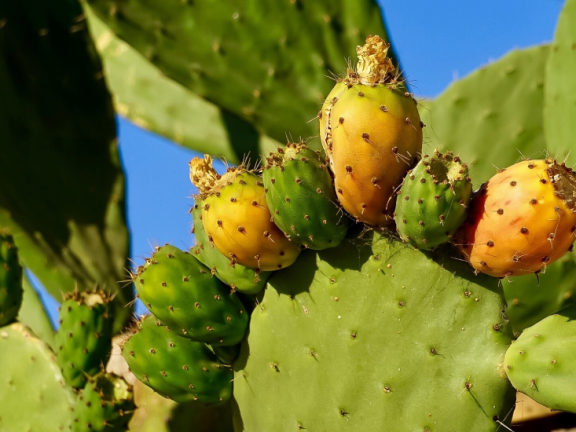The patrol brigades of the LIFE Natura@night project, coordinated by SPEA, are one of many actions for the conservation of seabirds in the archipelagos of Madeira, the Azores, and the Canary Islands.
Every year, starting on October 15, juvenile Cory’s shearwaters leave their nests for the first time and begin their flight to the sea. They naturally orient themselves by the light of the moon and stars, but light pollution from urban areas diverts them from their route, causing them to crash into roads or buildings. In these circumstances, many birds are unable to return to the sea and become vulnerable to being run over and attacked by predators. The problem is especially serious in places with higher levels of light pollution, where there are more falls.
In the LIFE Natura@night scientific patrol brigades, which run from October 23 to November 5, SPEA technicians and volunteers prepare to rescue disoriented shearwaters. During this period, the teams cover predefined transects on patrols lasting around four hours per night. The aim is to collect disoriented birds, record each occurrence, and release them by the sea or send them for recovery if they are injured or debilitated.
Data from last year’s campaign show the importance of this action. In Madeira, 27 Cory’s shearwaters were rescued in 17 systematic transects, with the support of around 100 volunteers; unfortunately, four dead birds were also recorded. In the Canary Islands, the brigades operated on two islands—Tenerife and Gran Canaria—where they carried out two transects with six volunteers, resulting in the rescue of three Cory’s shearwaters. In the Azores, more precisely on the island of Graciosa, a single volunteer covered one transect each night, saving two Cory’s shearwaters.
Conheça os resultados dos anos anteriores
These figures show that, although the brigades operate on different scales depending on the resources available, every effort is valuable. In addition to increasing the chances of survival for young birds, the patrols provide crucial information on the influence of light pollution and the effectiveness of mitigation measures.
Thus, patrol brigades are an example of active citizenship and collaboration between science and the community. By saving a Cory’s shearwater, not only is the survival of an individual guaranteed, but it also contributes to the protection of an emblematic species.








